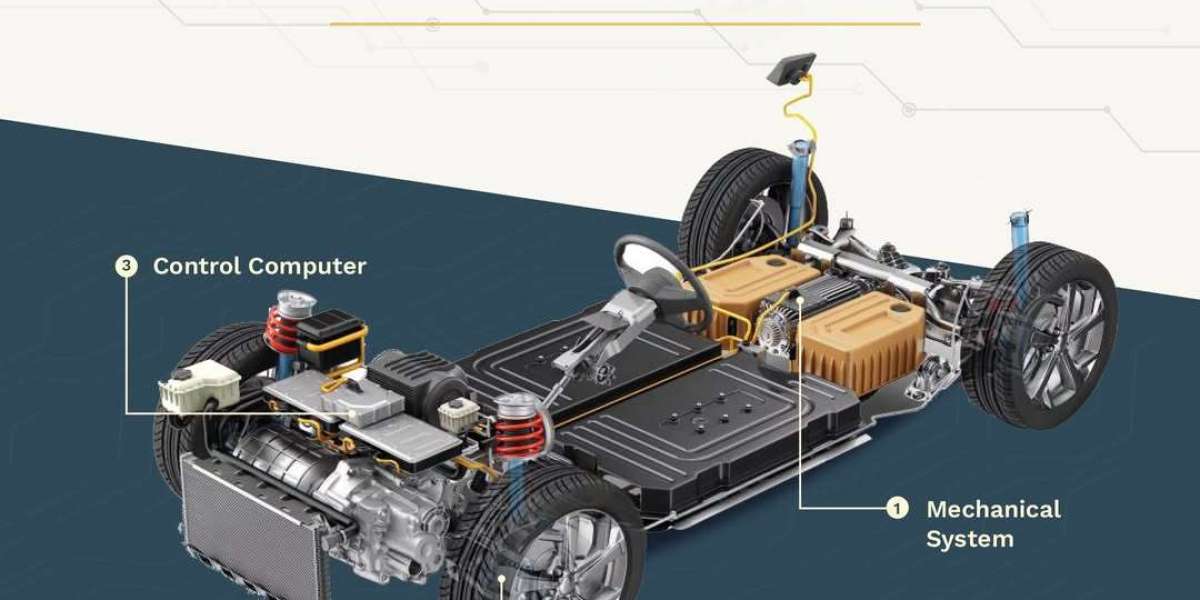The electronics specialty gases market is intensely competitive, dominated by multinational corporations that possess advanced purification technologies, vertically integrated operations, and robust distribution networks. Leading players such as Linde plc, Air Liquide, Air Products and Chemicals Inc., and Taiyo Nippon Sanso maintain a firm grip on the industry through their ability to deliver ultra-high purity gases vital for processes like chemical vapor deposition (CVD), etching, and doping in semiconductor and display manufacturing. Their stronghold is further reinforced by long-term supply contracts with leading chip manufacturers, which create high entry barriers for new players.
Rise of Regional Players and Localized Competition
While global companies dominate at scale, regional and mid-tier firms are increasingly making competitive strides, particularly in Asia-Pacific. In countries like China, South Korea, and Taiwan—key hubs of semiconductor fabrication—local suppliers are capitalizing on their proximity to production facilities, tailored service capabilities, and price flexibility. These regional challengers are not only fulfilling demand from local fabs but are also benefiting from national strategies that emphasize supply chain independence and technological self-sufficiency.
Innovation-Driven Competitive Edge
The race to support the next generation of semiconductor technology has intensified product development across the sector. As manufacturers transition to sub-5nm nodes, specialty gases such as silane (SiH₄), nitrogen trifluoride (NF₃), and tungsten hexafluoride (WF₆) must meet new standards of purity and performance. Suppliers investing in next-level purification systems, ultra-clean delivery equipment, and precision blending techniques are gaining competitive advantage. These innovations enable them to offer differentiated solutions that are indispensable to advanced fabrication processes.
Environmental Sustainability as a Market Differentiator
Amid tightening environmental regulations, especially around fluorinated greenhouse gases, sustainability has become a new frontier for competitive differentiation. Leading firms are developing low-GWP (global warming potential) alternatives and pioneering gas recycling technologies that appeal to environmentally conscious semiconductor manufacturers. Companies like Air Liquide and Linde have taken the lead in creating circular gas economy models, positioning themselves as partners in responsible manufacturing. Compliance with EU F-Gas regulations and similar policies is now a prerequisite for remaining competitive in global markets.
Strategic Partnerships and Exclusive Contracts
Another defining characteristic of this market’s competition is the prevalence of long-term strategic agreements. Electronics manufacturers such as TSMC, Intel, and Samsung depend on guaranteed access to specialty gases under strict quality controls. Winning these partnerships requires more than just reliable product supply; it necessitates integrated value-added services such as on-site gas management, rapid-response logistics, and technical support. Once secured, such contracts offer suppliers a stable revenue base and an entrenched competitive position, making market penetration for new entrants exceedingly difficult.
Geopolitical Forces and Localization Strategies
The global specialty gases market is also being reshaped by geopolitical developments, including trade restrictions and national security concerns. Countries are accelerating efforts to build self-reliant semiconductor supply chains, prompting the emergence of domestic gas suppliers supported by policy incentives. In response, global companies are expanding local production facilities and forming joint ventures to safeguard access to key markets while minimizing exposure to political risks. This has led to a complex, regionally fragmented competitive landscape where adaptability and regulatory agility are vital.
Pricing Dynamics and Value Segmentation
Despite the premium nature of many specialty gases, price sensitivity persists in several application areas, particularly in legacy semiconductor lines and display panel production. To remain competitive, suppliers often adopt tiered pricing strategies—offering lower-cost options for mature technologies while protecting margins in high-spec applications. Firms with diversified portfolios across semiconductor, flat panel display, LED, and photovoltaic segments are better positioned to offset pricing pressure in commoditized areas through higher-value offerings in cutting-edge sectors.
Future Outlook for Competitive Strategy
As demand for specialty gases escalates with advancements in 5G, artificial intelligence, and electric vehicles, the market is set to become even more competitive. The convergence of environmental responsibility, next-gen semiconductor innovation, and localized manufacturing ecosystems means that successful players must pursue a multifaceted strategy. Continuous R&D, regional expansion, sustainable operations, and long-term customer alignment are all now critical to maintaining competitive advantage in this evolving landscape.








